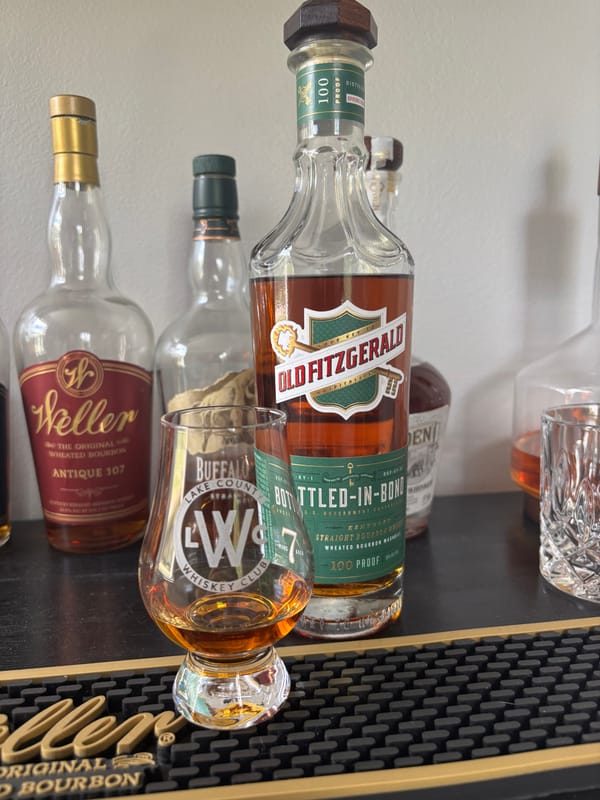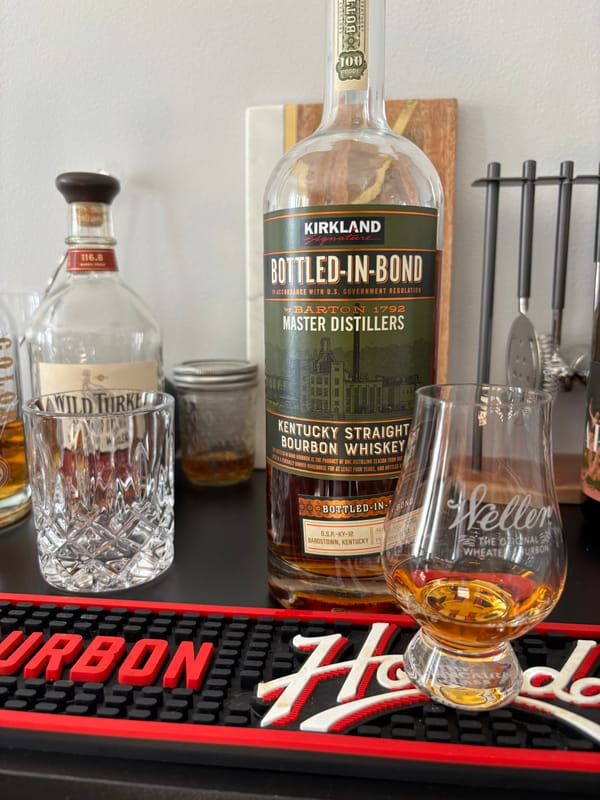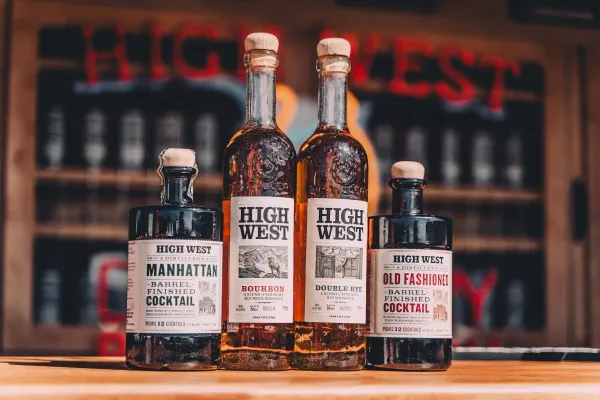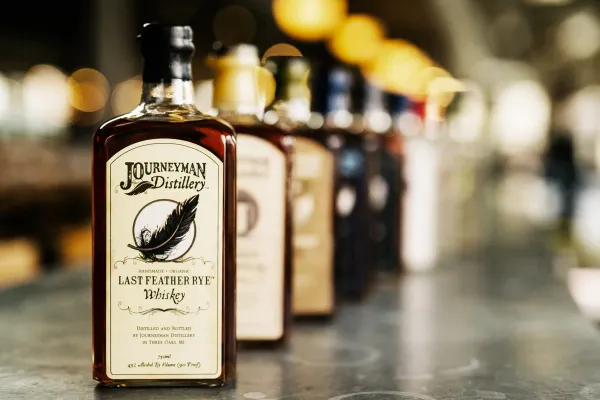Whiskey Labeling Laws Decoded: The Tag You’ll Wish You’d Read Sooner

Labeling Regulations: The Whiskey Label You Can’t Skip
Whiskey labels aren’t just pretty tags—they’re the legal DNA of every bottle, and if you’re not wise to the laws behind them, you’re missing the roadmap that spells out exactly what’s in your glass. It’s not optional flair; it’s a rulebook etched in stone. Here’s the straight-up, no-fudging truth about whiskey labeling regulations, pulled directly from U.S. code, and why it’s a critical piece of whiskey know-how you need to grab for 2025.
What Laws Rule Whiskey Labels?
Under U.S. regulations, whiskey’s identity is locked tight—bourbon requires a mash with at least 51% corn, rye whiskey needs 51% rye, wheat whiskey 51% wheat—distilled to no more than 160 proof (80% ABV), barreled at 125 proof (62.5% ABV) or less, aged in new charred oak barrels, and bottled at a minimum of 80 proof (40% ABV). Labels must spell it out: whiskey type (e.g., "Bourbon," "Rye"), alcohol by volume (ABV), proof (double ABV), and, for "Straight" whiskey, at least two years of aging—if under four years, the exact age goes on the tag. No wiggle room—every word’s a legal vow, ensuring what’s promised matches what’s poured.
How Labeling Laws Tag Whiskey
The labeling kicks in after whiskey’s journey—starting with a mash fermented to 8-10% ABV over three to five days, distilled to 160 proof max, then aged in oak for two years or more, often four to eight or beyond. When it’s ready, it leaves the barrel—typically 100-140 proof—and either gets watered down to that 80-proof minimum or stays raw for cask strength. The label locks it in: "Bourbon" for 51% corn, "Rye" for 51% rye, "Straight" for two-plus years, and "Bottled in Bond" (27 CFR § 5.42) for one distillery, one season, four years minimum, and exactly 100 proof (50% ABV). Every detail—proof, type, age—is a legal stamp, no fluff or fakery allowed, tying the bottle to its roots.
What Labeling Laws Mean for Your Sip
Those tags are your whiskey compass—crack a bottle labeled "Bourbon," and you’re guaranteed corn’s sweetness, softened by oak’s vanilla after years. "Rye Whiskey" promises rye’s peppery spice, sharpened by time in wood. "Straight" ensures at least two years of aging—smoother, deeper—while "100 proof" on a Bottled in Bond label delivers a bolder kick, balancing grain and oak with precision. Every sip’s profile—mild at 80 proof or fierce at 140—matches the label’s law-bound pledge, giving you the unvarnished truth of what’s inside, no guesswork needed.
How Age Statements Play Into Labels
Age on a label isn’t a brag—it’s a legal must for some whiskeys, and it’s tied to the "Straight" rule in 27 CFR § 5.22. Any whiskey aged less than four years and labeled "Straight" has to declare its exact age—say, "Aged 2 Years" or "Aged 3 Years"—so you know it’s hit that two-year minimum but hasn’t stretched further. Over four years? The age can stay off unless they want to flaunt it—two years smooths corn’s raw edge in bourbon or rye’s bite in rye whiskey, four or more deepens it with caramel and spice from oak. Every number’s a fact—law ensures it’s the youngest drop in the bottle, no blending tricks to fudge the years.
Why Bottled in Bond Labels Stand Out
"Bottled in Bond" isn’t just a cool phrase—it’s a stricter label born from the 1897 Bottled in Bond Act to fight fake whiskey. It demands one distillery, one distillation season (spring or fall), at least four years in a government-bonded warehouse, and bottling at exactly 100 proof—no more, no less. That tag means consistency—bourbon’s corn richness or rye’s spice hits with a steady 50% ABV punch, oak’s vanilla and caramel locked in after four years minimum. It’s a legal badge of honor—every bottle’s a snapshot of its season, no mixing allowed, delivering a taste you can bank on.
What Labels Don’t Tell You—But Still Matter
Labels stick to law—type, proof, age—but skip the extras: barrel char level, warehouse spot, or yeast strain tweak the sip, yet stay off the tag. A 51% corn bourbon might hide 30% rye for spice—legal, but not required to say. Cask strength at 120 proof shows ABV, not where it aged hot or cool. Every label’s a skeleton key—law keeps it true, but the flesh of flavor fills in silently, all within the no-additives rule. It’s what’s unsaid that keeps whiskey wild—yet the tag’s the truth you can trust.
Why Labeling Laws Matter in 2025
Labeling laws are whiskey’s truth-teller—by 2025, mastering them could turn you into a bottle-reading pro, mapping every sip’s story from grain to strength without a stumble. It’s not just a sticker; it’s the law’s last word, guaranteeing what’s inside matches what’s promised—whether it’s a gentle 80-proof bourbon or a 100-proof Bottled in Bond rye with four years of grit. Don’t let this intel slip by—know the tag, and you’ll taste the tale in every glass. Want to taste the label’s truth for yourself? Check out NEAT: Whiskey Finder—it’ll help you track down bourbon and whiskey near you.





